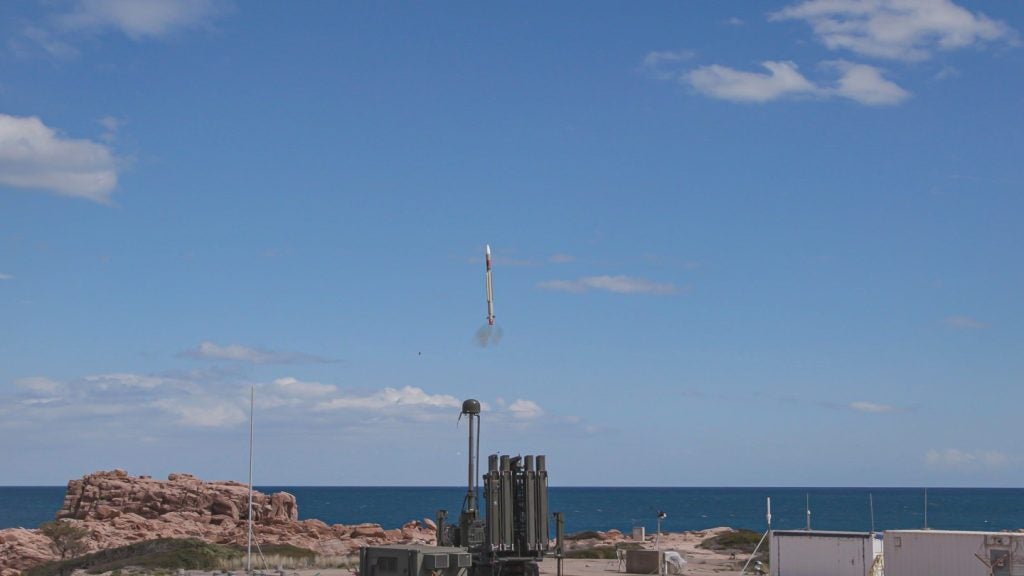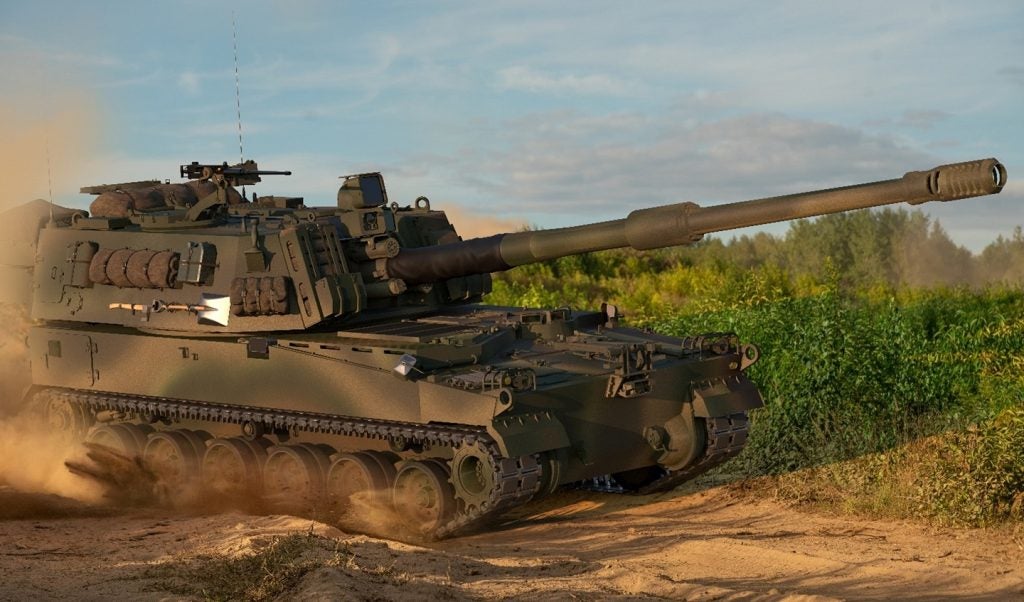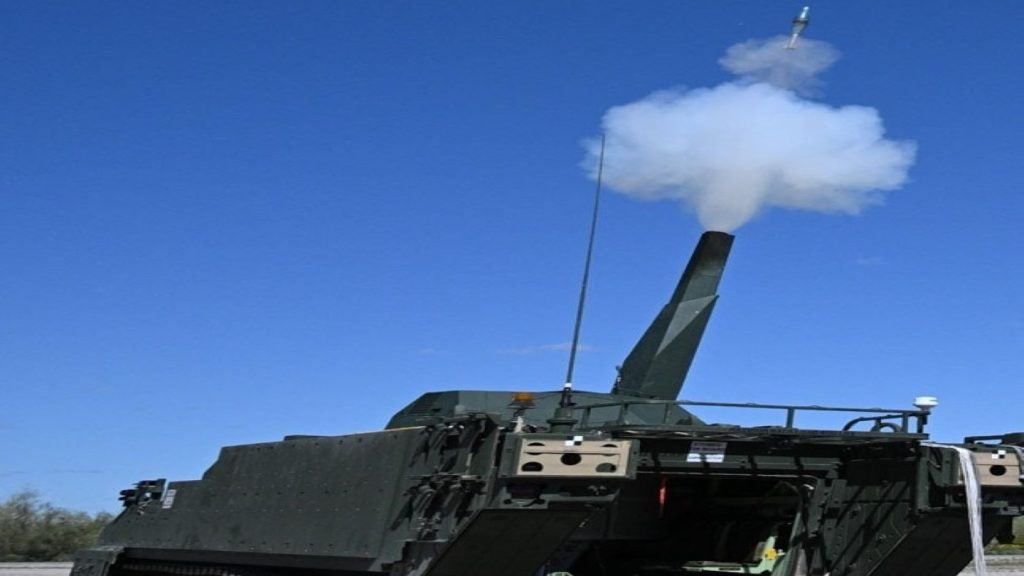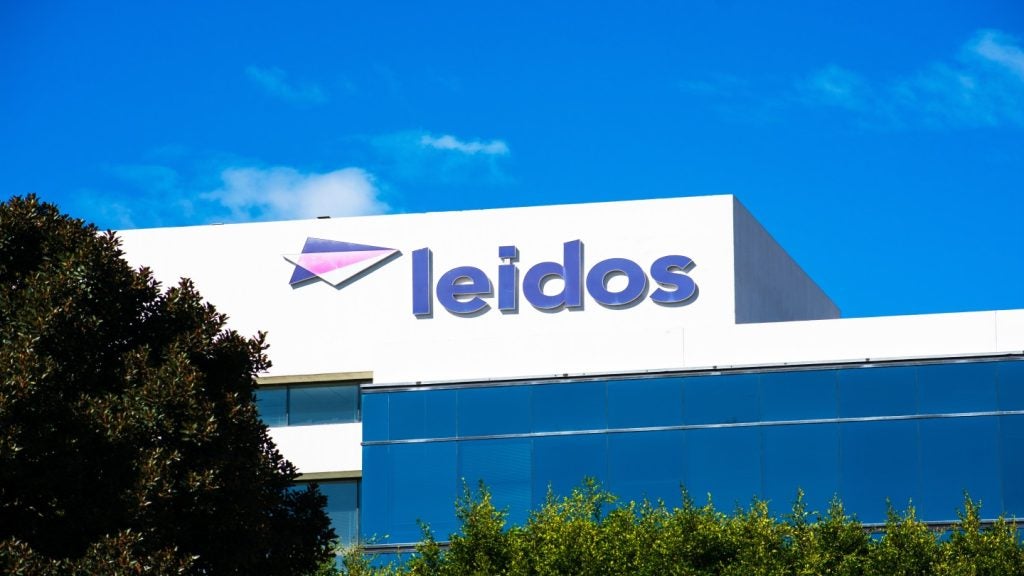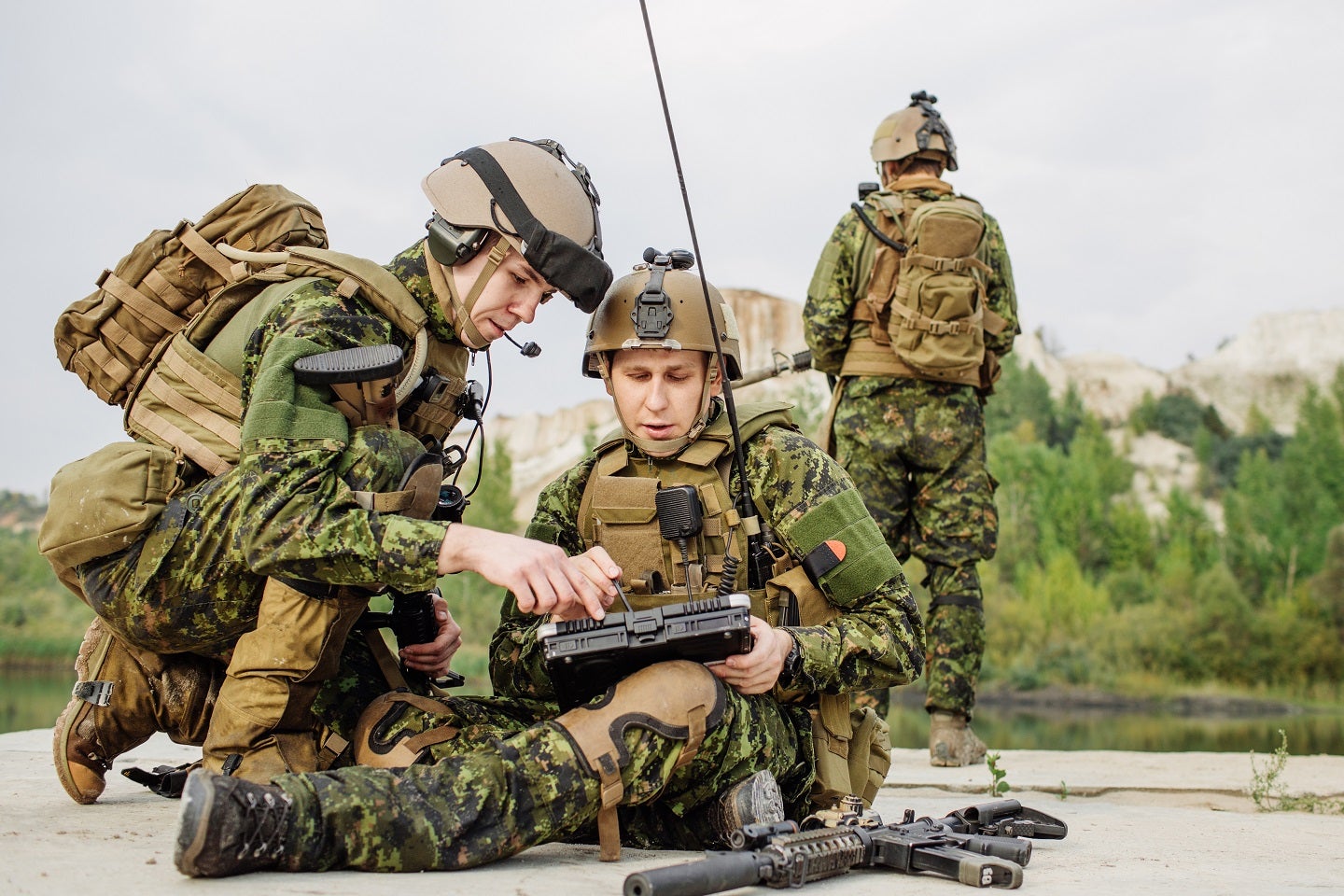
To enhance its defence capabilities, the Canadian Army has awarded four contracts, collectively valued at up to C$1.7bn ($1.2bn), to General Dynamics Mission Systems–Canada.
These contracts signify a leap in bolstering the land command, control, communications, computers, intelligence, surveillance, and reconnaissance (C4ISR) system for the Canadian Armed Forces.
The contracts are set to fortify the land command support system (LCSS) and improve the capabilities of the Canadian Army.
The four contracts encompass components of the LCSS, addressing the system of systems engineering and integration, core network sustainment services, applications sustainment services, and intelligence, surveillance, target acquisition, and reconnaissance (ISTAR).
Joel Houde, vice president and general manager of General Dynamics Mission Systems–Canada, expressed confidence in the company’s ability. Houde stated, “General Dynamics Mission Systems–Canada has been supporting the Canadian Armed Forces for over 75 years with superb engineering and technical talent that enables us to innovate and excel alongside our industry and government colleagues.
We are prepared to meet the challenges of the modern battlespace and will continue the digitisation of the Canadian Armed Forces today and into the future.”
Despite this land C4ISR order with General Dynamics, spending in Canada will primarily be driven by procuring new aerial platforms, including military aircraft, helicopters and UAVs, according to GlobalData’s “The Global C4ISR Market 2018-2028” report.
This investment marks a step toward equipping the Canadian military with capabilities, reinforcing the nation’s commitment to security and technological advancement. As General Dynamics Mission Systems–Canada takes the lead, efforts will be made to ensure readiness in the face of contemporary threats.
Canada is boosting its military investments for modernisation and expansion, as outlined in GlobalData’s Canada Defense Market 2023–2028 report. The defence budget is forecast to grow by $2.4bn from 2024 to 2028, reflecting a steady compound annual growth rate (CAGR) of 2.7%. This surge is attributed to factors such as Russia’s resurgence, marked by its 2022 invasion of Ukraine.




